In the top paddock of her cattle farm in what some locals call the ‘regen region’, Karen Jarling is making ‘worm lasagne’.
Layering a rich mix of cow and horse manure, mushroom compost, and rock mineral, she added composting worms and covered them with mulch.
“They turn it into the most amazing sticky, almost black moist material, it’s just magic stuff,” Ms Jarling said.
The vermicast, produced by the worms, will gravity-feed downhill and help reignite biological activity.
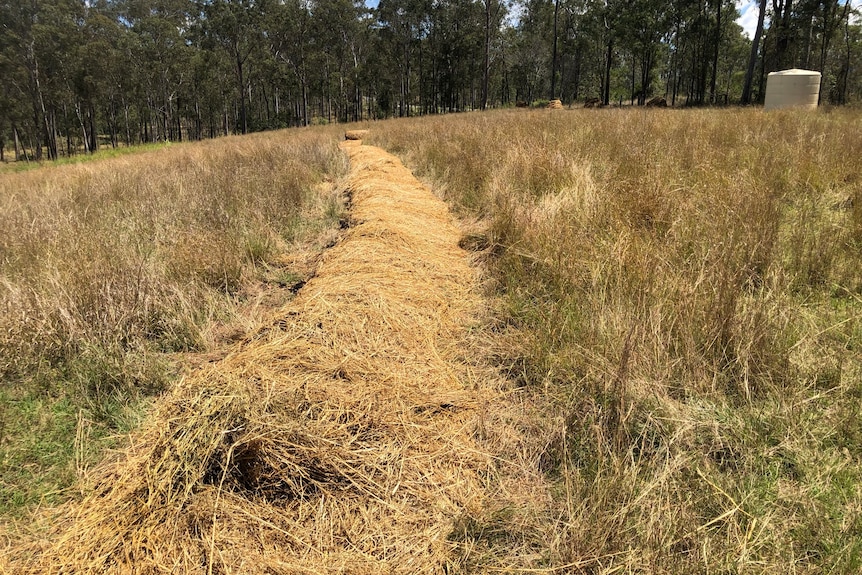
“As far as livestock, worms are pretty low maintenance, we might have to give them a drink every now and again and a little bit of fresh poo — if we hit a really hot dry spell, we’ll put a tarp on to hold the moisture.”
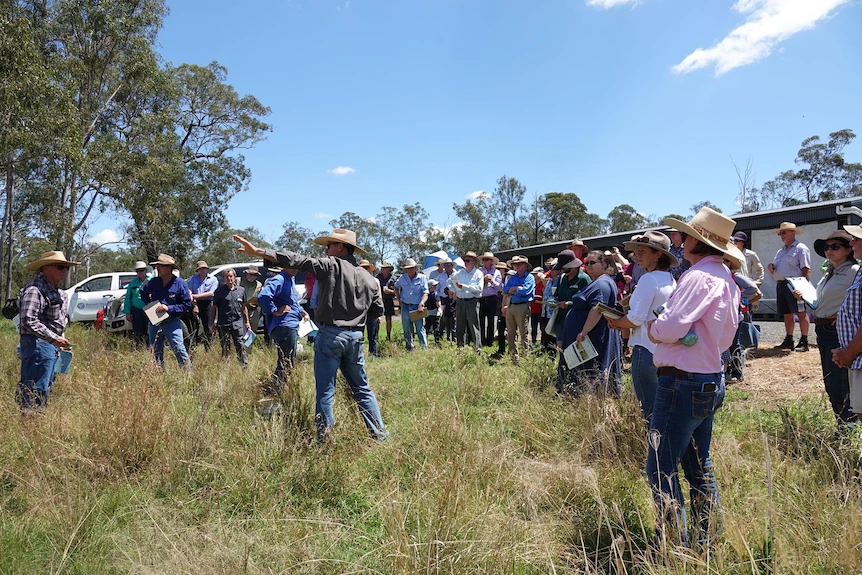
Growing beef and soil carbon
Karen Jarling and her husband Warren McEwan set up CGL beef at Glastonbury near Gympie in 2017, to market “clean, green and local” meat, and in four short years they have demonstrated big improvements can be made at little cost.
The couple hosted more than 60 people at a soil health workshop, demonstrating how they regenerate their land and sell pasture-raised beef and, at cooler times of the year, poultry meat direct to customers.
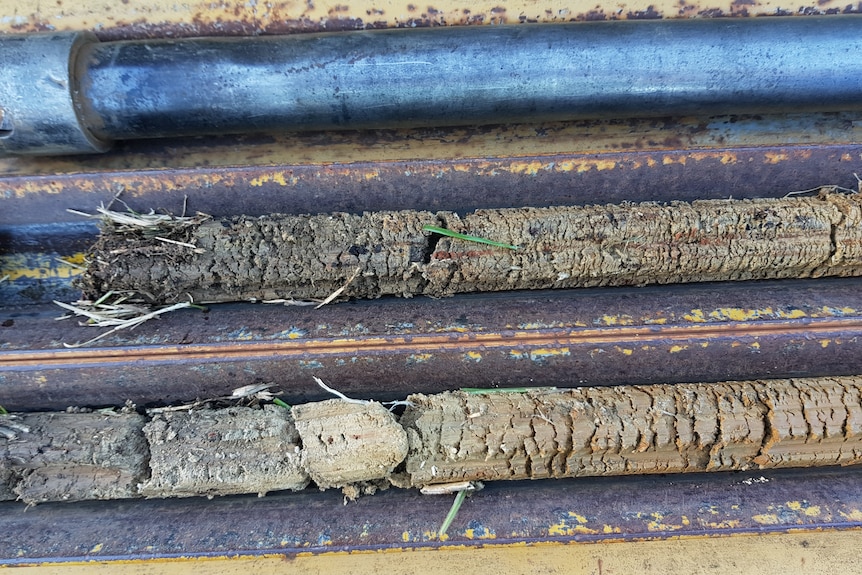
“It’s phenomenal, we had soil tests done in May, and we’ve grown our soil carbon by 0.45 per cent, which sounds tiny, but that means we’re holding approximately an extra 70,000 litres of water per hectare in the soil,” Ms Jarling said.
Years of drought have forced more Australian farmers to adopt more sustainable land management practices.
The latest ABARES survey of more than 2,500 farms in the grazing, broadacre, dairy and horticulture industries found 84 per cent of farmers retained stubble (the cut stalks after grain is harvested) and almost 70 per cent had reduced reliance on pesticides and optimised fertiliser use.
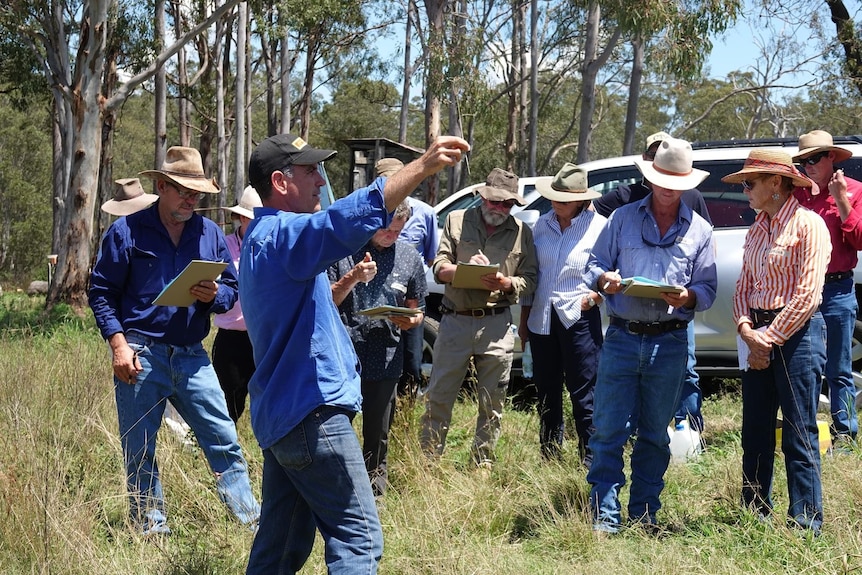
Flow of water is slowed, reducing erosion
The Mary River Catchment Coordinating Committee has been helping Karen Jarling, work towards a sustainable and productive catchment.
Project officer Brad Wedlock showed off ‘porous check dams’, a cost-effective way to stop gully erosion and slow the flow of water in seasonal creeks and smaller catchments.
A series of piles of sticks are placed perpendicular to the flow, sometimes wrapped in old chicken mesh or netting and held in place with posts or star pickets.
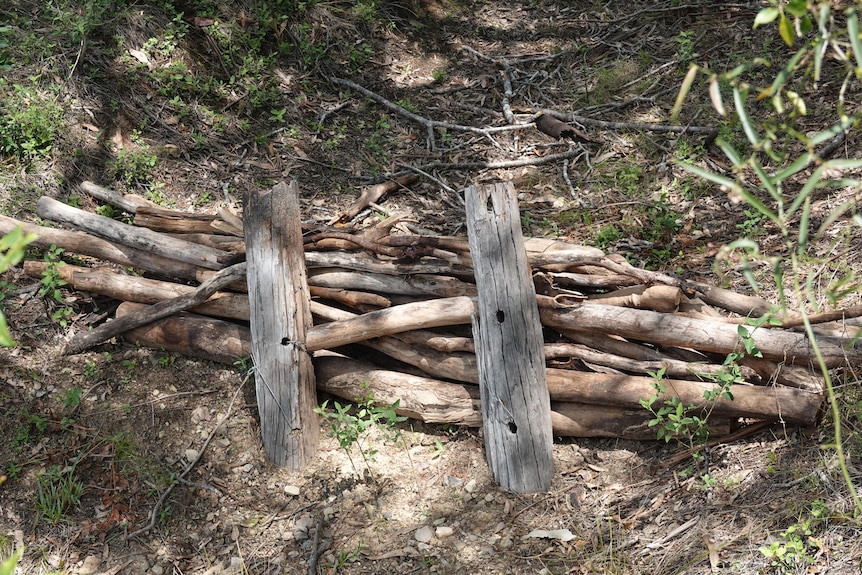
“You could save to eight to 10 tonnes of fine sediment, which doesn’t go into the river, it doesn’t go into the Great Barrier Reef and you’ve got the the best sediment for growing grass, all for a couple of hundred bucks — and time.”
The family used electric fencing to move livestock across the land, using rotational grazing as a tool to improve soil health.
“In some areas, they use multi-species cover cropping, planted with a minimum tillage planter, with oats, brassicas, radish and vetch in winter, biodynamic preparations, worm juice and compost to help speed up the improvement process,” Ann McKenzie from the Burnett Mary Regional Group said.
Preparing for the next drought
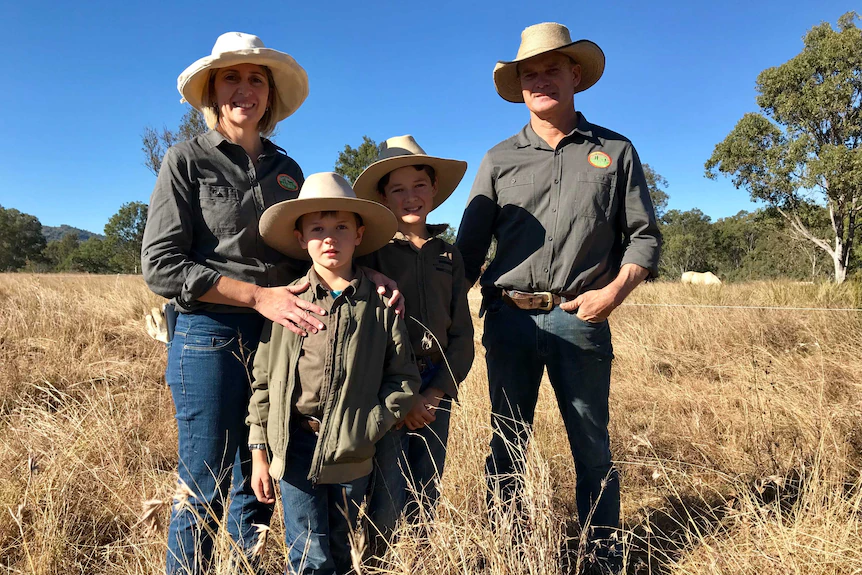
ABARES’s ‘Natural Resource Management and Drought resilience survey of farm practices’ found 68 per cent of farmers had learnt to destock early in low rainfall periods, 58 per cent had a source of off-farm income and 37 per cent had diversified over the last three years to increase their resilience to drought.
ABARES director of farm analysis, Dale Ashton said it was ‘particularly pleasing’ to compare the results to the last survey they did ten years ago.
“We’re seeing quite significant changes,” Mr Ashton said.

